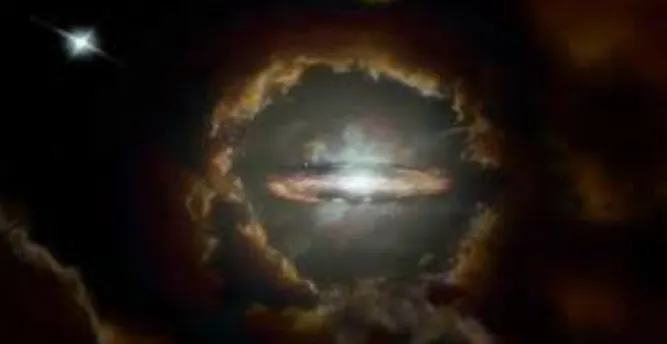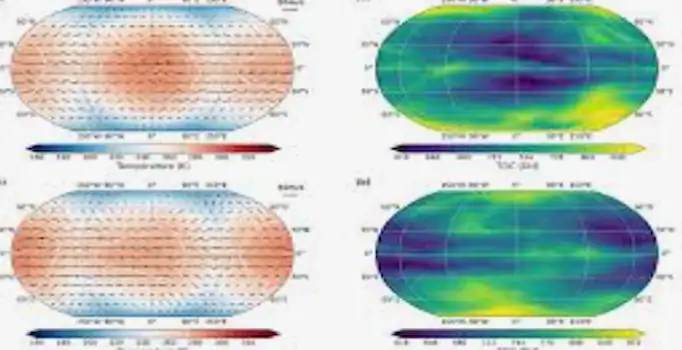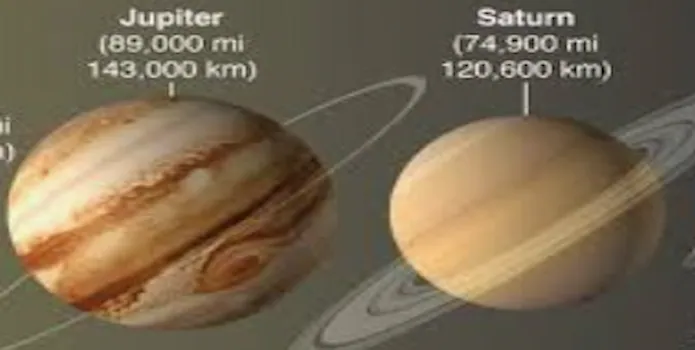Major Findings by the James Webb Space Telescope Unveil the Cosmos
Launched on December 25, 2021, and going into full operation in mid-2022, the James Webb Space Telescope (JWST) has quickly emerged as one of astronomy’s most potent instruments. By 2025, its findings are starting to change our knowledge of the early cosmos, exoplanets, and cosmic origin in ways that were only possible a few years ago.
The most fascinating discoveries uncovered by JWST will be discussed, along with their implications for space science going forward.
1. Ancient Galaxies Observed
JWST’sinfrared imaging, which enables it to detect very far-off galaxies — effectively going back in time to only a few hundred million years after the Big Bang — is one of its most ground-breaking features.
Earlier than any galaxy ever confirmed, JWST broke records in early 2023 by finding galaxies that originated only 300–400 million years after the Big Bang. Because of this, astronomers are now wondering if the cosmos evolved more quickly than previously thought.
- Why it matters: It helps scientists improve models of cosmic evolution by offering fresh perspectives on the formation of the first galaxies and stars.

2. Measuring Exoplanet Atmospheric Chemistry
JWST has also focused its potent infrared instruments on worlds beyond of our solar system, or exoplanets. It found carbon dioxide, water vapor, methane, and even sulfur dioxide in the atmospheres of far-off worlds such as WASP-39b, TRAPPIST-1e, and K2-18b in late 2023 and early 2024.
There are indications of clouds, photochemical processes, and possible biosignatures in some atmospheres. Even though we haven’t found life, we are now closer than ever to figuring out which planets could support human life.
- Why it matters: JWST aids in determining whether other planets have conditions similar to Earth or could sustain life.

3. Discovering the Formation of Stars and Planets
JWST’s capacity to see into dust-hidden star-forming regions, something Hubble had trouble with, is another significant victory. Famous pictures of the Pillars of Creation and Tarantula Nebula, which depict the formation of stars and planets in breathtaking detail, were revealed by JWST in 2023.
These pictures and information offer important new information about the evolution of protostars and the early system formation of planets.
- Why it matters: It helps us better understand the formation and evolution of solar systems like our own.

4. A Fresh Perspective on the Solar System and Jupiter
Despite being a deep-space instrument, JWST also shocked scientists by delivering incredibly sharp pictures of Jupiter, displaying its storm systems, faint rings, and auroras in a way never seen before.
It also investigated other solar system objects, such as Mars, Neptune, and Uranus, providing information on their moons, atmospheres, and weather patterns.
- Why it matters: It demonstrates that JWST can support planetary science locally as well as in space exploration.

In conclusion, a new era of exploration
In just a few short years, the James Webb Space Telescope has produced a plethora of discoveries, and it’s only just begun. From discovering the first galaxies to locating possibly habitable exoplanets, JWST is changing the course of our universe rather than merely broadening our understanding of it.
Scientists think we might be close to finding the answers to some of humanity’s most pressing issues as more information becomes available in 2025 and beyond: From where did we originate? Are we by ourselves? What will happen to our position in the cosmos next?
 Bitcoin
Bitcoin  Ethereum
Ethereum  XRP
XRP  Tether
Tether  Solana
Solana  TRON
TRON  Dogecoin
Dogecoin  Litecoin
Litecoin
Pingback: Babar Azam to Shine in BBL 2025 | Here’s What to Expect | Todays Talk
Pingback: FIH Men's Nations Cup Final Defeats Pakistan 6‑2 | Todays Talk